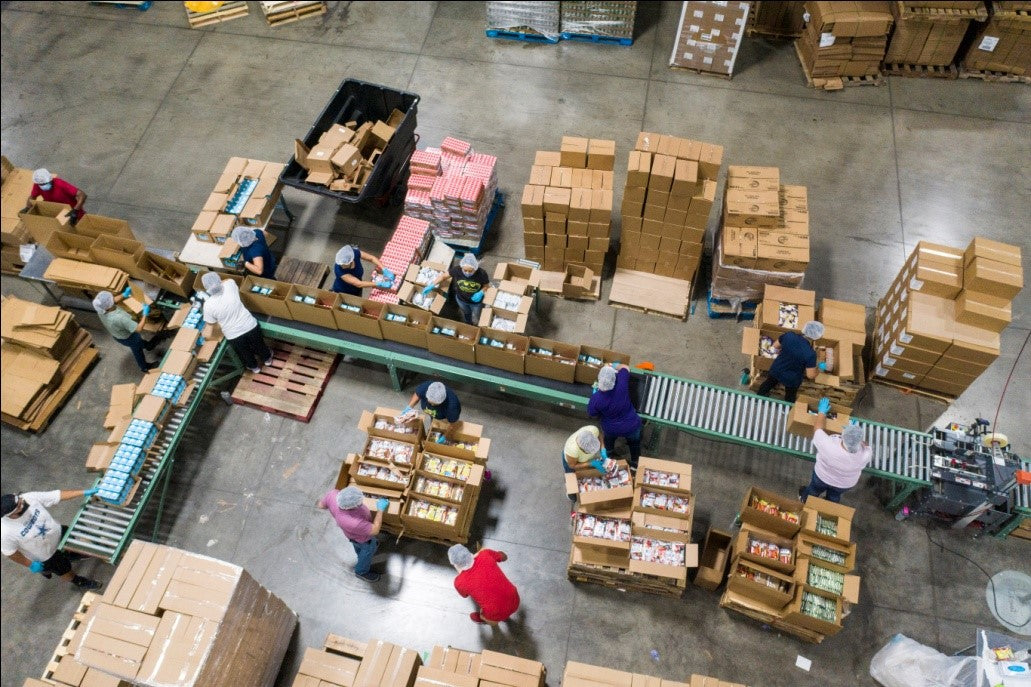
Important Material Handling Tips to Create a Safer Workplace
Introduction:
Safety is a top priority in any workplace, especially when it comes to material handling tasks. Proper material handling techniques not only reduce the risk of injuries but also improve overall productivity. In this blog, we will discuss essential material handling tips to create a safer workplace environment. By implementing these practices, businesses can safeguard their employees, minimize accidents, and enhance operational efficiency.
Section 1: Prioritize Safety Awareness
- Emphasize the importance of creating a safety-conscious work environment.
- Encourage employees to stay vigilant, be aware of their surroundings, and report any potential hazards.
- Promote a culture of reporting near-misses, incidents, and safety suggestions.
Section 2: Conduct Proper Risk Assessments
- Explain the significance of conducting thorough risk assessments before engaging in material handling tasks.
- Discuss the identification and evaluation of potential hazards, such as heavy loads, awkward postures, or slippery surfaces during material handling.
- Emphasize the need to involve employees in the risk assessment process to gain valuable insights and ensure a comprehensive evaluation.
- Implement appropriate control measures to mitigate risks.
Section 3: Utilize Proper Lifting Techniques
- Provide comprehensive training to employees on proper material lifting techniques, emphasizing the importance of bending the knees, keeping the back straight and using leg muscles to lift objects.
- Highlight the importance of team lifting for heavier or bulkier items. And discuss the significance of avoiding sudden movements, twisting, or overexertion during lifting tasks.
- Advise the use of lifting aids, such as carts, dollies, and forklifts, to reduce the risk of strain and injuries.
Section 4: Utilize Appropriate Personal Protective Equipment (PPE)
- Require employees to wear suitable personal protective equipment, such as safety gloves, steel-toed shoes, and back support belts.
- PPE provides an extra layer of protection during material handling tasks.
- Discuss the importance of wearing the necessary PPE, such as gloves, safety shoes, and protective eyewear while material handling.
- Explain how PPE can minimize the risk of injuries during material handling tasks.
- Encourage regular inspection and maintenance of PPE to ensure effectiveness and compliance with safety standards.
Section 5: Organize the Workspace
- Keep work areas free from clutter, spills, and debris to prevent slips, trips, and falls.
- Establish clear pathways and ensure proper signage to guide employees and reduce the risk of accidents.
- Encourage employees to report and address any potential hazards or maintenance issues promptly.
Emphasize the significance of maintaining a clean and clutter-free work area to reduce the risk of accidents. Implementing proper storage and labeling of materials helps to prevent clutter and tripping hazards and enhance more visibility and accessibility. Ensure clear pathways for safe movement of materials and employees.
Section 6: Provide Adequate Training and Education:
- Highlight the significance of providing comprehensive training programs to employees involved in safe material handling practices.
- Discuss the importance of educating employees on proper lifting techniques, equipment usage, and safe work practices.
- Encourage regular refresher training sessions to reinforce safety material handling techniques and address any emerging concerns or updates.
- Encourage employees to share their experiences and insights to enhance safety awareness.
Section 7: Promote Ergonomics
- Ergonomic workstations contribute to a safer workplace by reducing strain and fatigue on employees.
- Ergonomic improvements can lead to higher productivity and fewer workplace injuries.
- Highlight the significance of incorporating regular breaks and stretching exercises to prevent fatigue, and practice good posture to promote well-being.
Section 8: Use Equipment Safely and Efficiently
- Regularly inspect and maintain material handling equipment to ensure optimal functionality and safety.
- Schedule routine maintenance checks of material handling equipment, including equipment lubrication, battery charging, and brake inspections.
- Discuss the safe operation and maintenance of material handling equipment, such as platform trolleys, forklifts, pallet trucks and conveyors.
- Highlight the importance of pre-use inspections, adhering to weight capacity limits, and following proper operating procedures.
- Encourage regular equipment maintenance and servicing to ensure optimal performance and minimize breakdowns. Advise employees to report any equipment malfunctions or abnormalities immediately.
Conclusion:
By implementing these material handling tips, businesses can create a safer workplace for their employees. Prioritizing safety awareness, conducting risk assessments, utilizing proper lifting techniques, providing necessary PPE and maintaining an organized workspace are crucial steps in promoting a culture of safety. With regular training, equipment maintenance, and open communication, businesses can continuously improve their material handling practices and ensure the well-being of their workforce.
Image 01 – Factory Workers in Warehouse | Credits: image by US department of agriculture: https://www.rawpixel.com/image/3306101/free-photo-image-food-warehouse-package-goods



